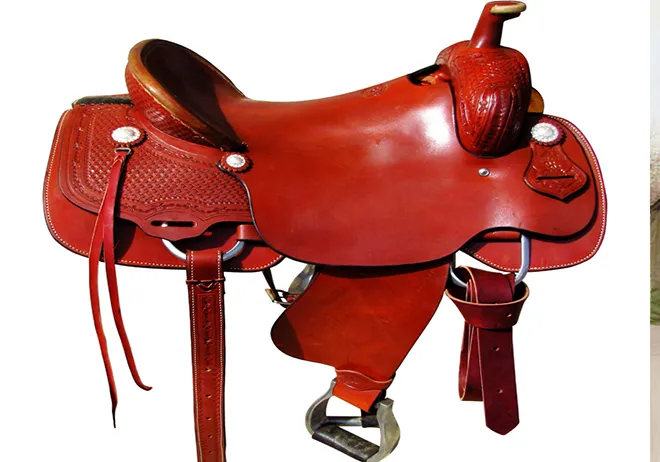Portable Sewing Machine for Heavy Fabrics Ideal for Home and Travel Use
Handheld Sewing Machines Tailoring Thick Fabrics with Ease
In the world of sewing, the choice of equipment can significantly impact the quality of the finished product and the overall sewing experience. While traditional sewing machines have long dominated the industry, handheld sewing machines have gained popularity for their convenience and portability. One of the standout capabilities of these compact devices is their ability to handle thick fabrics, making them a versatile tool for both novice and experienced sewers.
What is a Handheld Sewing Machine?
A handheld sewing machine is a small, lightweight device that allows users to sew fabric together without the need for a large, stationary machine. These machines are designed to be user-friendly and often require minimal setup, making them an excellent option for quick repairs, small projects, and crafting on the go. With an ergonomic design, many handheld sewing machines can be operated with one hand, enabling users to maneuver fabric as needed while sewing.
Why Choose a Handheld Sewing Machine for Thick Fabrics?
When it comes to sewing with thick fabrics—such as denim, canvas, upholstery, and multiple layers of fabric—a standard handheld sewing machine can be surprisingly effective. Here are a few reasons why these machines are a great choice for dealing with bulkier materials
1. Portability Handheld sewing machines can be taken anywhere, allowing sewers to work on their projects in various locations. This flexibility is especially beneficial for individuals who may not have a dedicated workspace or for those who want to sew on the go.
2. Ease of Use Many handheld models come equipped with simple controls that make them accessible for users of all skill levels. The straightforward design allows users to quickly learn how to sew even if they are unfamiliar with sewing machines in general.
3. Compact Size The small footprint of handheld sewing machines makes them easy to store, which is particularly advantageous for crafters with limited space.
4. Fast Repairs When dealing with thick fabrics, prompt repairs can be necessary. A handheld sewing machine enables quick fixes, such as hemming or attaching patches, without the hassle of setting up a larger machine.
5. Affordable Option For those who sew occasionally or only need a device for simple projects, handheld sewing machines are generally more affordable compared to their larger counterparts. This makes them an attractive option for budget-conscious individuals.
Key Features to Look For
When selecting a handheld sewing machine capable of handling thick fabrics, there are a few features to keep in mind
handheld sewing machine thick fabric

- Stitch Types A variety of stitch options can come in handy, especially when working with different fabric types
. Look for machines that offer straight and zigzag stitches, as these are the most commonly used.- Durable Needle Ensure that the machine comes with a strong needle suitable for thick fabrics. Some handheld machines offer interchangeable needles that accommodate various fabric weights.
- Power and Speed A machine with adjustable speed settings can provide better control when sewing thick materials. Look for models that offer decent power to ensure smooth stitching through multiple layers.
- Additional Accessories Some handheld sewing machines come with accessories such as extra needles, thread spools, and foot pedals. These additions can enhance the sewing experience and provide more versatility.
Tips for Sewing Thick Fabrics with a Handheld Machine
1. Use the Right Thread Opt for a polyester or cotton thread designed for heavy-duty sewing to ensure durability and strength.
2. Pre-wash Fabric Pre-washing thick fabrics can help avoid shrinkage and ensure that the finished product maintains its shape after washing.
3. Check Tension Settings Proper tension settings are vital for achieving neat stitching, particularly when sewing thick layers.
4. Sew at a Slow Pace Take your time when sewing through thick fabrics. This approach allows for better control and minimizes the risk of jams or uneven stitching.
5. Practice on Scraps Before diving into the main project, practice sewing on scrap pieces of the thick fabric. This practice will help fine-tune your technique and get accustomed to the machine’s performance.
Conclusion
Handheld sewing machines offer a unique blend of convenience, portability, and functionality, particularly when tackling thick fabrics. With the right machine in hand and some useful tips, sewers can easily create or repair items using heavyweight materials. Whether for craft projects, wardrobe adjustments, or DIY home décor, these versatile tools are an invaluable addition to any sewing enthusiast's arsenal.
-
Industrial Cylinder Arm Sewing Machine: Revolutionizing Heavy-Duty SewingNewsJul.28,2025
-
Cylinder Arm Sewing Machine: Perfect for Special Sewing ApplicationsNewsJul.28,2025
-
Cylinder Bed Sewing Machine: Essential for Sewing Complex MaterialsNewsJul.28,2025
-
Heavy Duty Sewing Machine: The Essential Tool for Industrial ApplicationsNewsJul.28,2025
-
Computerized Pattern Sewing Machine: Revolutionizing Precision StitchingNewsJul.28,2025
-
Heavy Duty Industrial Sewing Machine: Power Meets PrecisionNewsJul.28,2025
-
Leather Sewing Machine: The Industrial Standard for Tough MaterialsNewsJul.18,2025





























